Best Space Photos of the Week - Oct. 1, 2011
Amazing Space Views of the Week
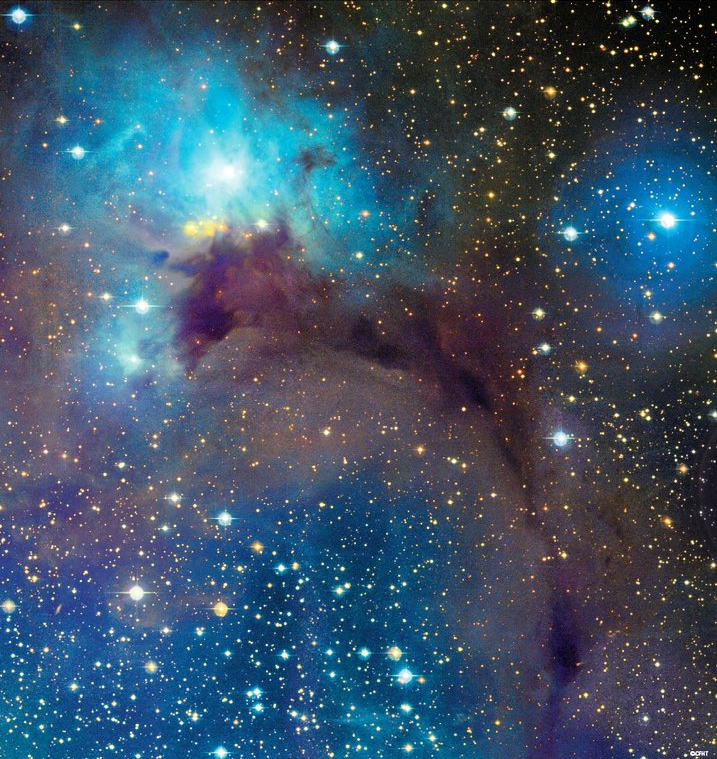
From orange views of Neptune and Uranus to a stunning solar flare and sunspot, the views from space were amazing this week. See some of the best space photos of the week of Oct. 1, 2011.
The Fires Down Below
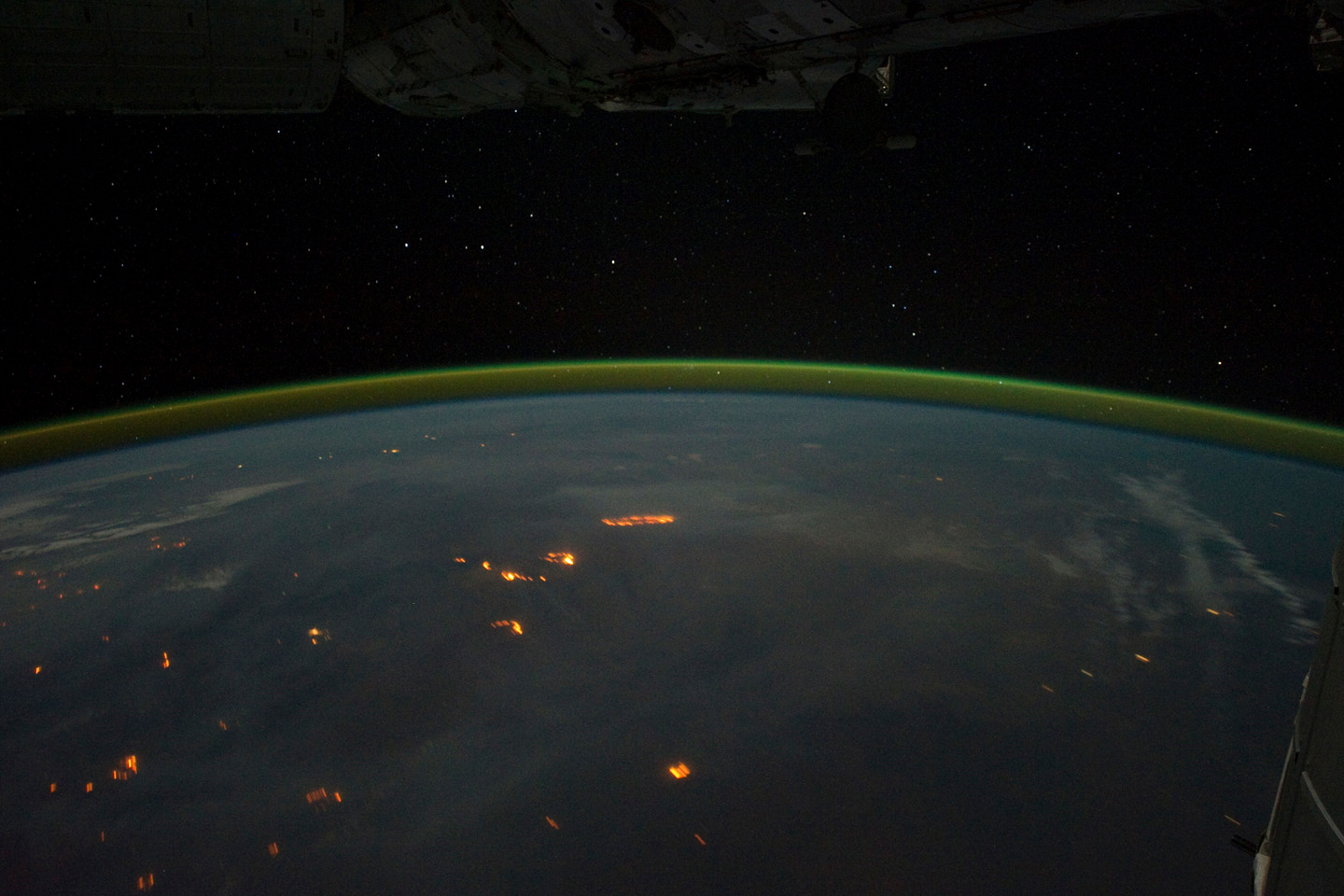
Taken by an astronaut aboard the International Space Station, this image shows the continent of Australia glowing with orange wildfires (some may be intentionally set agricultural fires), with smoke faintly visible in the night sky. The greenish line above curve of the Earth is caused by atmospheric airglow. This image was posted on Sept. 29. [See more stunning photos from space]
New Photos Show Blazingly Bright Uranus & Neptune in Infrared
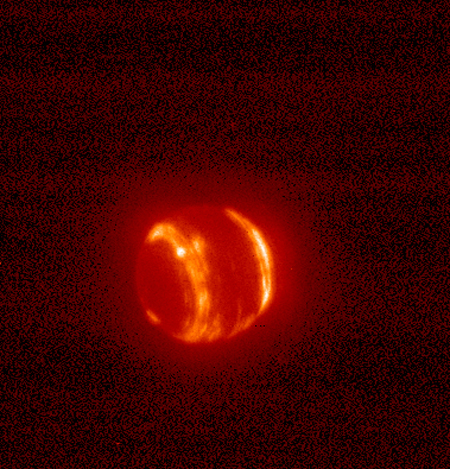
Astronomer Mike Brown captured some stunning new photos of Neptune and Uranus using Hawaii's Keck telescope last week. [Full Story]
Planet Mercury is Full of Surprises
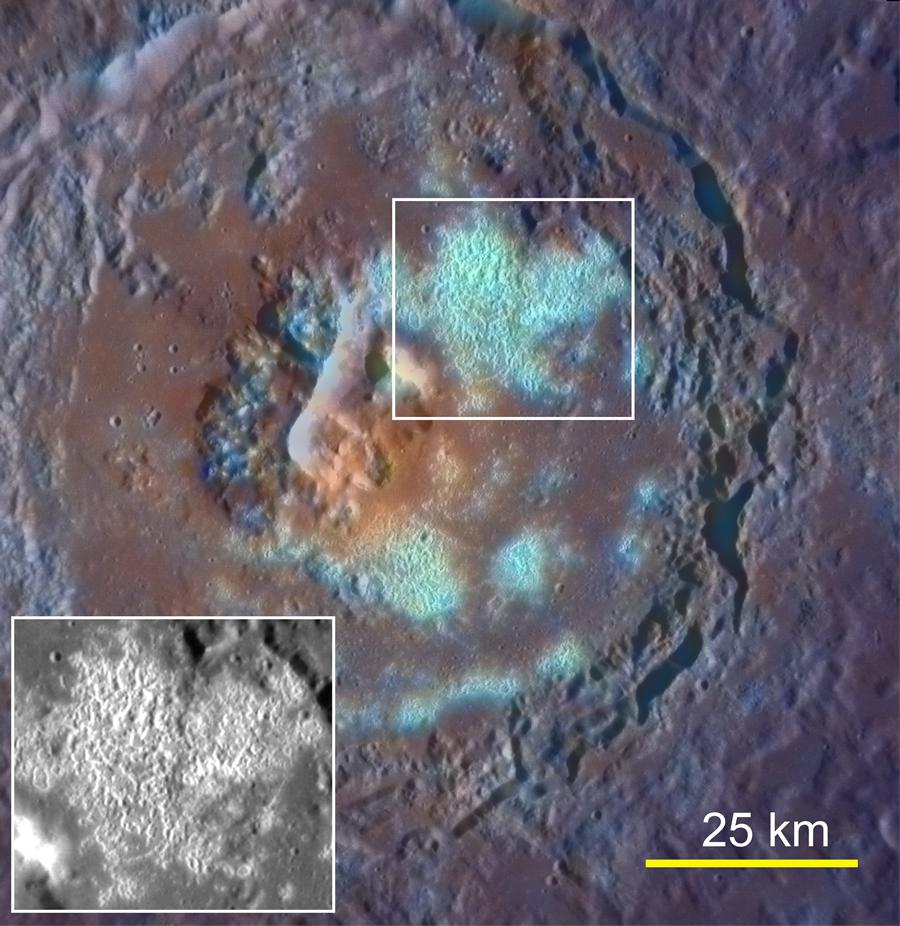
Mercury is not just hellishly hot but apparently covered in brimstone. A vast part of the planet is covered with dried lava – enough to bury the state of Texas under 4 miles of the stuff, scientists say.
These and other strange discoveries about Mercury were announced in seven papers released in the Sept. 30 issue of the journal Science, a trove of knowledge from NASA's Messenger probe, covering everything from odd landscape to the planet's magnetic core. [Full Story]
Ring Nebula a Jewel

The famous Ring nebula is among the most photographed planetary nebulas in the night sky. Also known as Messier 57, M57 or NGC 6720, this popular nebula is about one light-year across and 2,000 light-years away in the northern constellation Lyra approximately midway between the stars Beta and Gamma Lyrae.
Avid skywatchers Bob and Janice Fera took this stunning image June 23-27, 29-30, July 1, 2011 from Eagle Ridge Observatory, Foresthill, Calif. [Full Story]
A Fried Egg in Space?
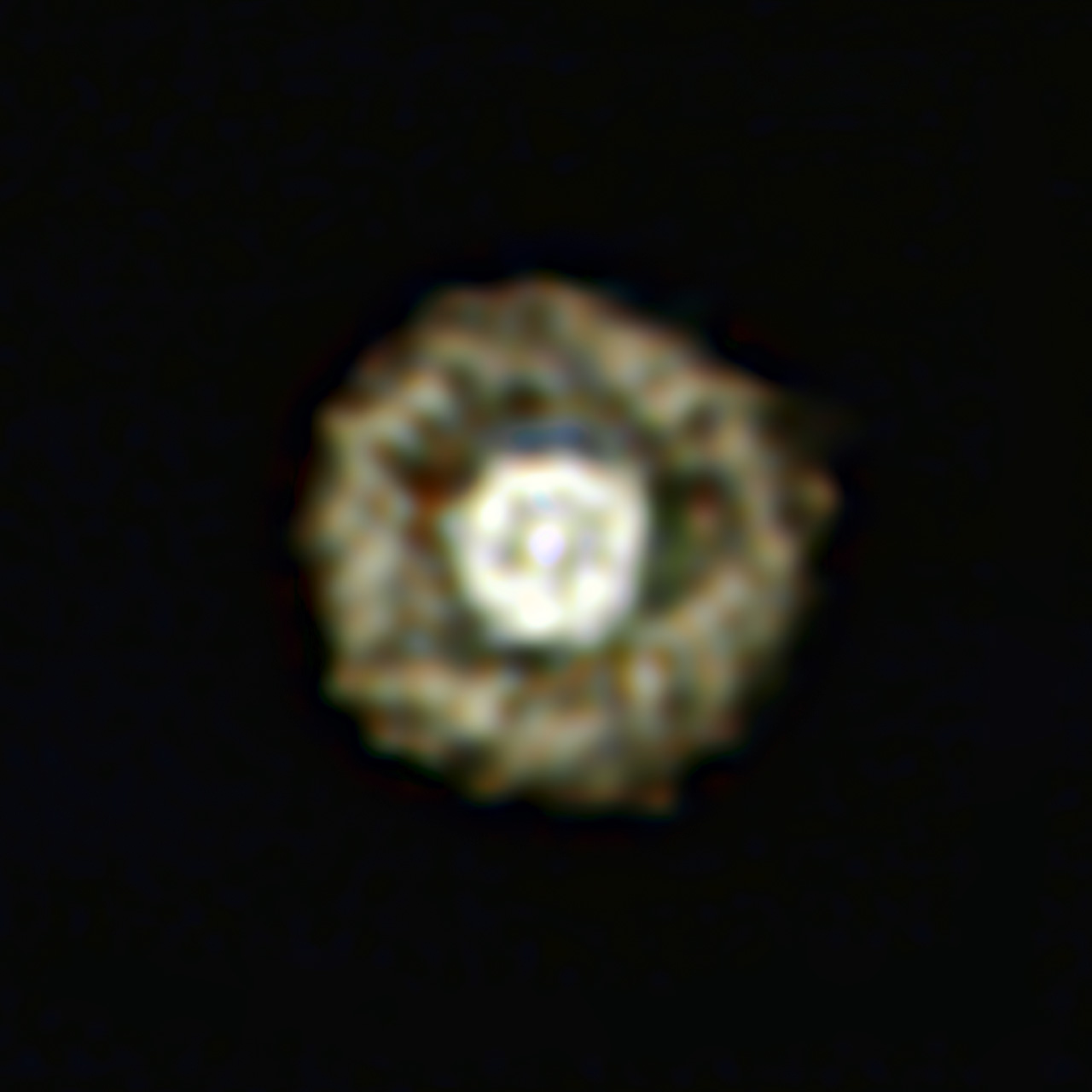
stronomers have used ESO’s Very Large Telescope to image a colossal star that belongs to one of the rarest classes of stars in the Universe, the yellow hypergiants. The star and its shells resemble an egg white around a yolky centre, leading the astronomers to nickname the object the Fried Egg Nebula. The image was released Wednesday, Sept. 27. [Full Story]
Dusty Deep Space Clouds

Dust mixed in interstellar gas gives the mistaken impression that portions of our galaxy don't contain stars. Elsewhere, the thinner portions of the nebula scatters the light of nearby blue stars. This image was posted on Sept. 30. [See more stunning photos from space]
German Satellite Falling to Earth
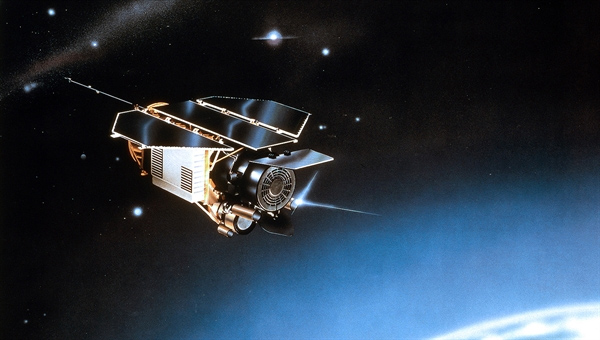
While NASA's UARS satellite has garnered a lot of media attention, it is not the only large satellite that will plummet toward Earth. In early November, a German satellite called ROSAT, will make an uncontrolled re-entry into Earth's atmosphere, after spending 21 years in orbit. [Full Story
Giant Sunspot's Massive Flare
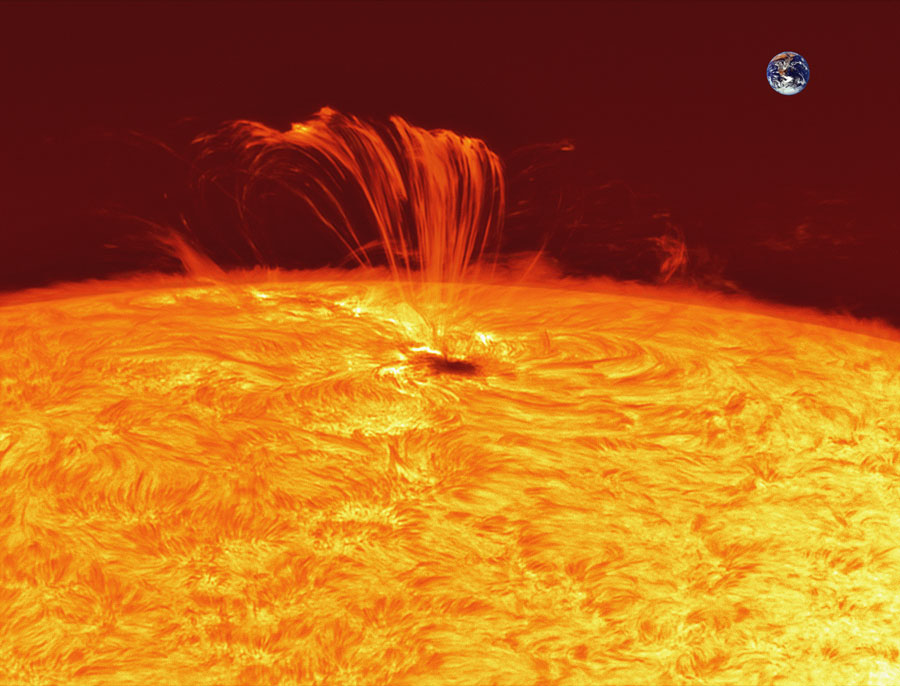
An intrepid skywatcher has snapped an amazing photograph of a massive solar flare erupting from Sunspot 1302 is one of the most active sunspot groups in years.
A sunspot is a blemish on the sun caused by intense magnetic activity. The new photo, captured on Sept. 22 by skywatcher Jean-Pierre Brahic, shows solar plasma magnetically hanging above the sun's surface after the Sunspot 1302 unleashed an X-class solar flare. The image includes an inset of Earth for a size comparison. [Full Story]
3 Rocket Landings in 1 Shot
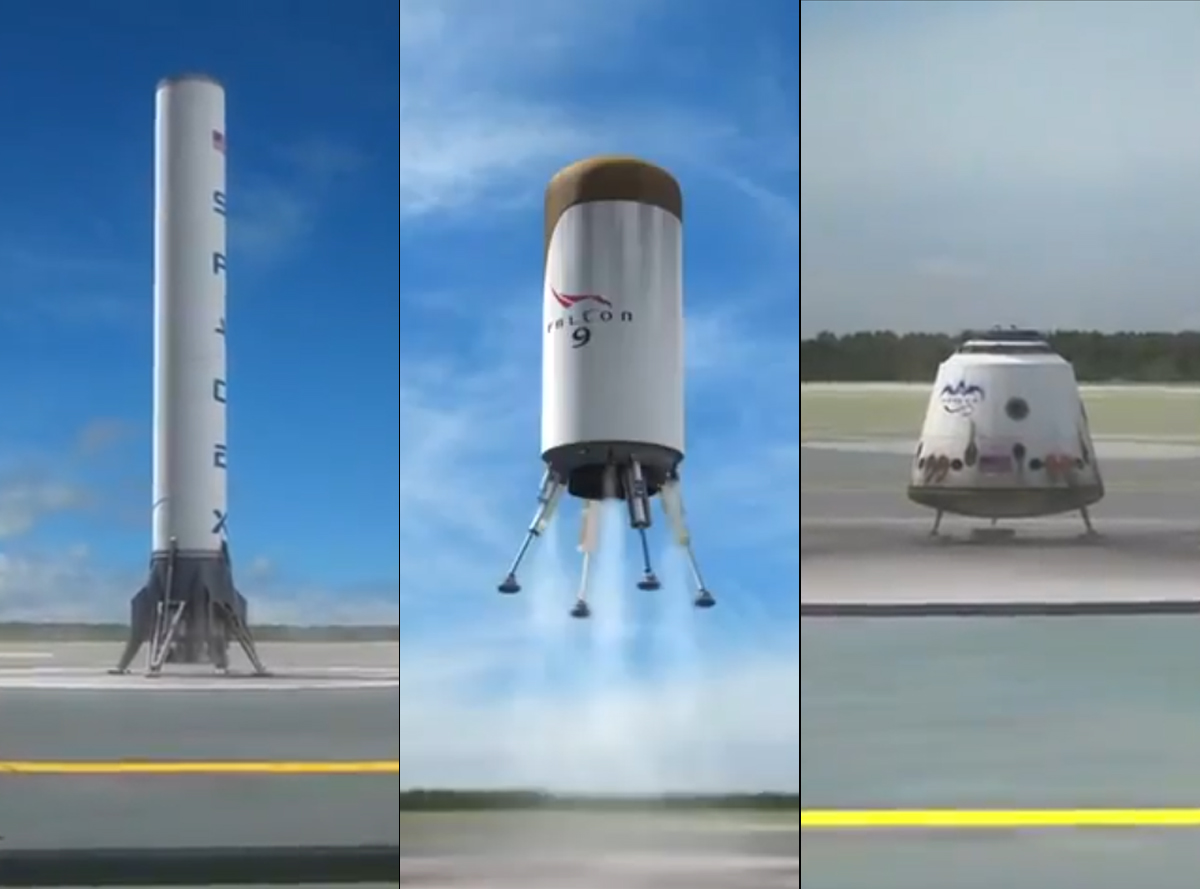
The private spaceflight firm SpaceX will try to build the world's first completely reusable rocket and spaceship, a space travel method that could open the gates of Mars for humanity, the company's milionaire CEO Elon Musk announced Thursday (Sept. 29).[Full Story]
2 Asteroids Zip by Earth
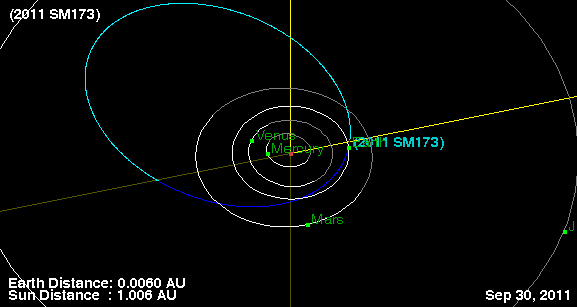
A small asteroid zipped by Earth well inside the orbit of the moon Friday (Sept. 30), the second space rock encounter for our planet this week. Both asteroids posed no threat to Earth, scientists say.
The small asteroid 2011 SM173 just passed Earth at a safe distance of 180,000 miles (290,000 km). Another object, asteroid 2011 SE58, flew by Earth on Sept. 26. [Full Story
Join our Space Forums to keep talking space on the latest missions, night sky and more! And if you have a news tip, correction or comment, let us know at: community@space.com.
Get the Space.com Newsletter
Breaking space news, the latest updates on rocket launches, skywatching events and more!

Space.com is the premier source of space exploration, innovation and astronomy news, chronicling (and celebrating) humanity's ongoing expansion across the final frontier. Originally founded in 1999, Space.com is, and always has been, the passion of writers and editors who are space fans and also trained journalists. Our current news team consists of Editor-in-Chief Tariq Malik; Editor Hanneke Weitering, Senior Space Writer Mike Wall; Senior Writer Meghan Bartels; Senior Writer Chelsea Gohd, Senior Writer Tereza Pultarova and Staff Writer Alexander Cox, focusing on e-commerce. Senior Producer Steve Spaleta oversees our space videos, with Diana Whitcroft as our Social Media Editor.
